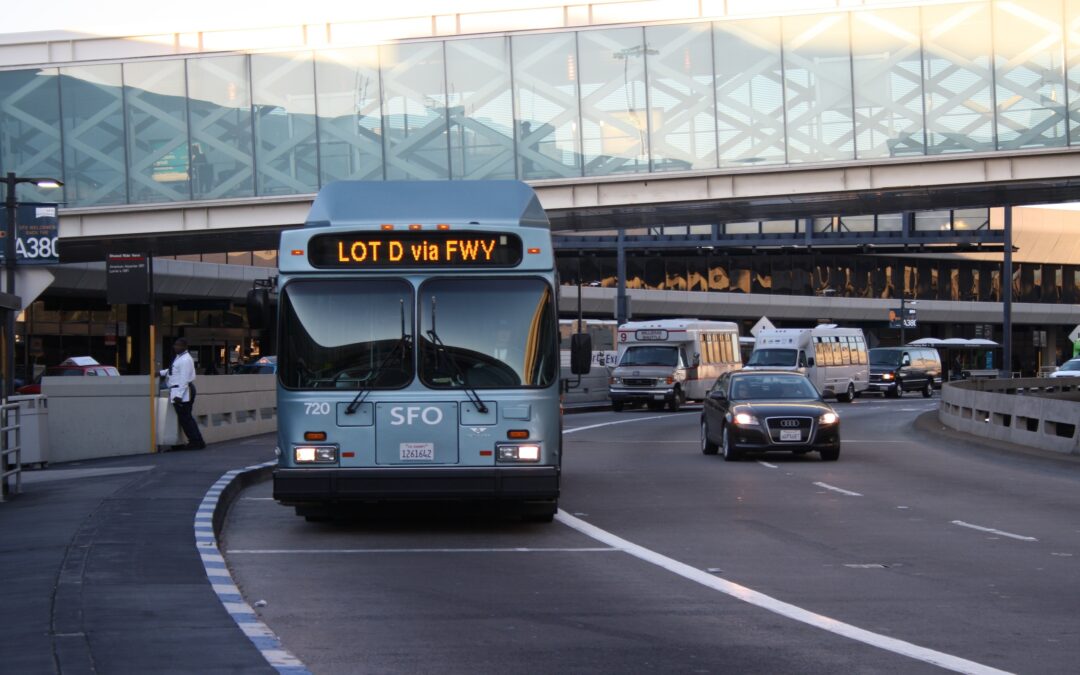
AI-Powered Ocean Protection and Sustainable Trade: The Galapagos Islands as a Case Study
*Editor’s Note: This article is part of HILJ’s collaboration with the Georgetown Journal of International Law (“GJIL”) and the Georgetown Center on Inclusive Trade and Development on Innovating Trade: The Intersection of Emerging Technologies, Climate Initiatives, and International Law. HILJ and GJIL each edited and published different articles in the collaboration. Articles published by GJIL are available on the GJIL website.
*María Isabel Ortiz Nuques
I. Introduction
The sea and nearby areas have served as a vital supply of resources and a trading hub for hundreds of years. Food security and the impact of ocean activities on the right to a clean, healthy, and sustainable environment are complex issues that interact with trade. In times where change is urgently needed, trade must adapt to environmental protection in a world shaken by the climate crisis. In this context, fishing activities would benefit from artificial intelligence (“AI”)-powered tools to manage resources and understand fish populations amidst the transformations expected due to climate change.
This piece will focus on the Galapagos Islands as a case study. First, it will briefly illustrate how protecting marine environments has implications for human right protections. Second, it will provide an overview of the challenges the Galapagos Islands’ marine ecosystem faces regarding overfishing and unsustainable fishing practices. Third, this piece will exemplify how AI can create complex models that better reflect the state of fisheries under the pressures of climate change, which can be a helpful tool to prevent overfishing and protect fish stocks. Fourth, it will explore how AI-powered models may become a key tool for the application of international trade instruments in the future.
II. Climate change, the right to a clean, healthy, and sustainable environment and the Galápagos Fisheries
The rapid deterioration of ecosystems due to climate change and biodiversity loss creates serious consequences for areas such as human rights and trade. These crises affect the rights to life, health, food, water, and adequate standard of living of human beings around the world, including those belonging to vulnerable groups, which may be disproportionally affected. The consequences of environmental degradation are alarming and deeply connected to the universal need for a clean, healthy, and sustainable environment, which has been recognized as a human right by the United Nations Human Rights Council.
One of the world’s most sensitive ecosystems is the Galapagos Islands, around 900 kilometers (560 miles) west of the Ecuadorian coast. Its population mainly relies on tourism, fishing, and agriculture as economic activities, all of which would be deeply affected by the climate emergency. Climate change thus directly threatens Galapagos Islanders’ livelihoods. The waters surrounding the Galapagos Islands are rich and ecologically diverse. This diversity made them a target for illegal, unreported, and unregulated (IUU) fishing, which has put iconic species such as the scalloped hammerhead shark at great risk.
The Galapagos area’s biological richness has also been affected by overfishing, as exemplified by the brown sea cucumber populations in the area. The sea cucumber serve an important ecological function by consuming debris and sediment. However, sea cucumber have been intensely fished for consumption to the point where fishing bans have had to be implemented for several years in the islands. In 2021, the sea cucumber fishery in the Galapagos Islands was reopened, only for it to be closed again two weeks later. While sea cucumber, by law, can only be fished inside the Galapagos exclusive economic zone (“EEZ”) using artisanal methods, the fact that 90 percent of the total catch goes to Asian countries shows how important trade is to sea cucumber preservation.
At the same time, marine resources outside of EEZs are available for fishing by international ships under the United Nations Convention on the Law of the Sea. This has resulted in several instances where fishing fleets – mostly comprised of Chinese vessels – line up just outside the Ecuadorian EEZ around the Galapagos Islands. Some of these ships have resorted to turning off tracking devices to avoid recognition. In FAO Fishing Area 87, where the Galapagos Islands are located, Chinese distant water fleet (“DWF”) vessels reported losses even after ample subsidies from the Chinese government. These losses suggest that some vessels could be participating in IUU fishing to remain profitable. Fisheries’ subsidies allow unprecedented and usually unsustainable fishing operations and remain one of the main causes of overfishing. Specifically, around the Galapagos Islands, fishing for large-scale Chinese DWF fleets is unprofitable without such aid.
III. Climate change and AI as a tool to anticipate the unknown
The practices conducted by fishing fleets around the Galapagos Islands are not an isolated phenomenon. Around the world, similar dynamics arise between countries with rich fish stocks and countries with ample fishing demand and considerable subsidies to the fishing industry. The rapid pace at which fish stocks are depleting globally is concerning. These pressures are only worsened by climate change, which is expected to shift the dynamics of marine ecosystems and affect the abundance, migratory patterns, and locations of fish stocks. Plenty of uncertainty remains about the impact of climate change on fisheries. However, AI can be a helpful tool in reducing this uncertainty, as powerful models of physical processes can be created to reflect the complex dynamics related to climate change.
AI can process enormous volumes of data. This allows humanity to better understand what the future behavior of fisheries may look like, and provides forecasts of fish stock abundance and distribution that can change and improve in accuracy as more data is introduced. Moreover, AI models can identify patterns and relationships that may be missed by human analysts. This competence is useful because some processes related to climate change are not yet completely understood. More accurate projections of fish stocks could be attained despite changing circumstances. If the results obtained from these AI models were to be taken into consideration for marine resource governance, they could contribute to the preservation of a clean, healthy, and sustainable environment, and the protection of food security for future generations.
IV. An environmental shift for international trade law and its impact on human rights
Placing an emphasis on what the future may look like for fish populations in the context of climate change is an important tool to create policy that prioritizes responsible fishing and the sustainable trade of existing fish stocks. AI-generated models can comply with international law as it shifts towards environmental considerations. In 2022, the World Trade Organization (“WTO”) members adopted the Agreement on Fisheries Subsidies to end certain fisheries subsidies. The deal is the first WTO agreement to focus on the environment. Its provisions prohibit subsidies to fishing on overfished stocks like the brown sea cucumber population around the Galapagos Islands.
The Agreement on Fisheries Subsidies considers a stock to be overfished if it is recognized as such by the coastal member under whose jurisdiction the fishing is taking place or by a relevant regional fishery management organization or arrangement in areas and species under its competence. These entities must base their decisions on the best scientific evidence available according to Article 4 of the Agreement. As AI models become increasingly sophisticated and accurate, their forecasts and calculations may become some of the best scientific evidence available to detect and predict overfishing in light of climate change conditions, to the point where they could become necessary for making overfishing designations under the Agreement.
Taking emerging technologies into consideration when developing international policy is necessary to secure the human right to a clean, healthy and sustainable environment, which is intertwined with many other rights. The right to a clean, healthy, and sustainable environment holds a profound connection with food security, for example, which is increasingly threatened because of climate change. These interconnections mean that protecting our seas using the best scientific methods available is a key commitment to be adopted by states around the world. Since marine resource governance is inextricably linked with trade, international trade law must adapt to further advance environmental and sustainability goals for the future of humanity. It can do so with the help of rapidly advancing technologies.
IV. Conclusions
The links that connect humans, the sea, and trade have existed for hundreds of years. Recently, marine resource governance has become more complex as the world population grows and develops more powerful fishing systems to satisfy global needs for food. An important challenge marine ecosystems face alongside the pressures of unsustainable fishing are the transformations expected to take place because of climate change, which puts the environment and global food security at risk.
The impact of fishing activities is deeply intertwined with international trade and decisions that make fishing profitable, such as subsidies for DWF vessels. Fishing activities inside the Galapagos EEZ and around it show how some fish populations that serve an important ecological function but are highly regarded as commodities in international trade, such as the brown sea cucumber, can struggle with current fishing demands and policies.
While climate change is imminent, uncertainty remains regarding marine ecosystems. This uncertainty continues to be a major obstacle for decision-making towards better fisheries management worldwide. In this sense, AI can help better predict fish stock abundance, behavior, and location as the effects of climate change regrettably continue. AI continues to play a central role in technological developments regarding marine ecosystem management. At the same time, international trade law is moving toward an increasingly environmental approach, as shown by the WTO Agreement on Fisheries Subsidies, which in part seeks to control subsidies for overfished stocks. Determinations of overfished stocks must rely on the best scientific evidence available. Soon, ever-progressing AI models may play a crucial part in trade and environment negotiations.
*María Isabel Ortiz Nuques received her law degree with honors from the Catholic University of Santiago de Guayaquil, has a special interest in arbitration and international law, and currently works as a tribunal secretary in arbitration cases. She would like to thank the HILJ editorial team for their comments and feedback.

